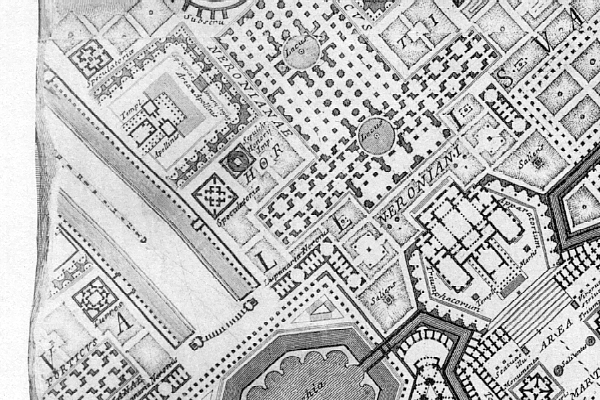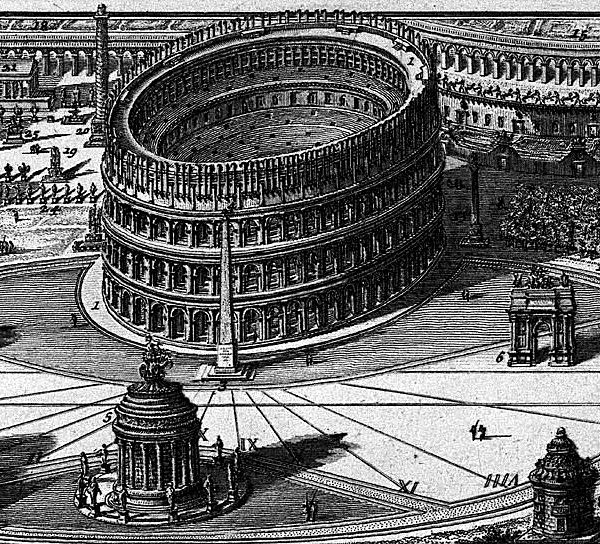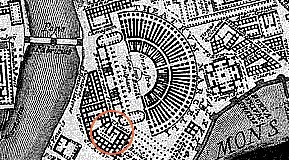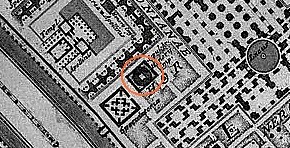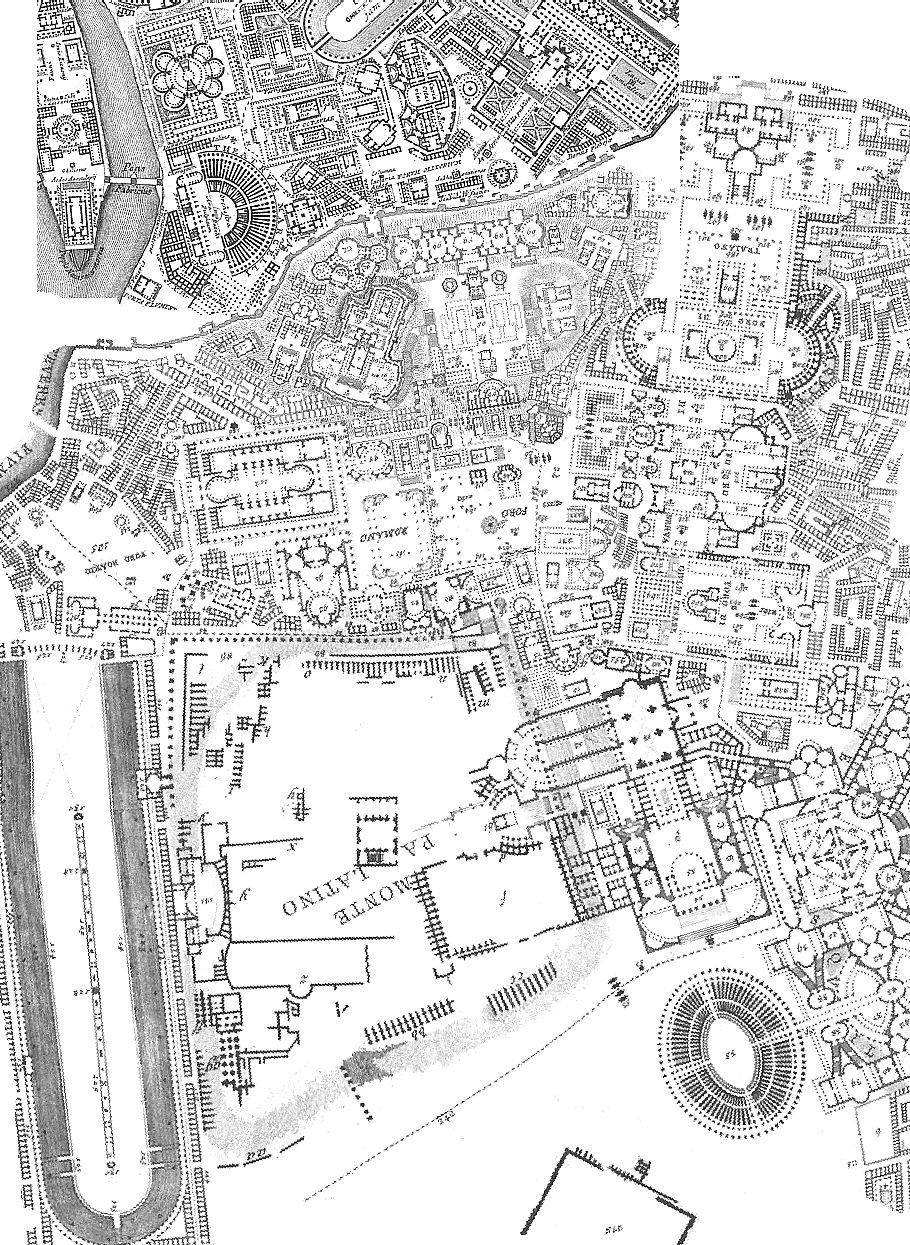2014.03.29 17:22
29 March
Read this morning from “A Conversation with Elia Zenghelis” in Log 30:
CD: Charles Jencks called the Sphinx surrationalist architecture. Not surreal, but surrational. For Jencks, surrationalist was a neologism for the reunion of real urban function and existing urban fantasy. Was the Sphinx a union of function and fantasy, and did that make it surrationalist, as opposed to pure rationalism?
EZ: Charlie [Jencks] is a whiz-kid of isms and it is best left to him to decide on them. We were neither advocating nor opposed to any isms, but we did not adhere to any either—and Charlie’s would not be an exception. Equally, we were not necessarily opposed to pure rationalism; we just did not adhere to it. And we were certainly not against modernism, which we saw as an unfinished chapter.
Here we enter a whole discussion about “trends” and “factions.” I always feel uncomfortable with classifications. I disagreed with trends that searched for “newness,” as I believed there was nothing new to be discovered. For example, Archigram rejected rationalism as it had evolved, and they were moving away from what they saw as indoctrination, which they considered boring. In adopting a pop imagery, they were celebration consumerism.
But to go back to your question about the surrational: we did find surrealism inspiring for our purposes, as it inverts architectural drawing with a substitute reality, with hidden promises that are enigmatically calm and motivating. In the case of Dalí, what is often seen as cheap sensationalism is explained in The Secret Life of Salvador Dalí as the product of memory and moments of boredom. When children get bored they resort to imagination, they invent. Dalí recalls the walks that his nanny would take him on along the coast of Cadaques, where he grew up. The nanny would sit on the beach, ignoring him. In his intense boredom, Dalí would see a window carved out of her fat body, and inside that window, a fantastic and hallucinatory landscape would emerge that would mesmerize him. And there is an exact painting of this description. He also describes his memories as a growing embryo in his mother’s womb. It’s all beautifully described in a chapter about “intra-uterine memories.”
So I suppose what Charlie calls surrationalism could be an application of the same method to the processes of rationalism: a method by which a window of fantasy opens onto the landscape of reality
What strikes me most from within the above passage is Zenghelis saying “as I believed there was nothing new to be discovered.” I met Zenghelis at the 'Inside Density’ symposium, Brussels, November 1999—I presented a paper on Piranesi’s Campo Marzio and Eleni Gigantis, Elia’s wife, presented a paper after mine. We all met after presenting our respective papers, and the first thing Zenghelis said to me was, “You showed something new!”
He was referring to this…
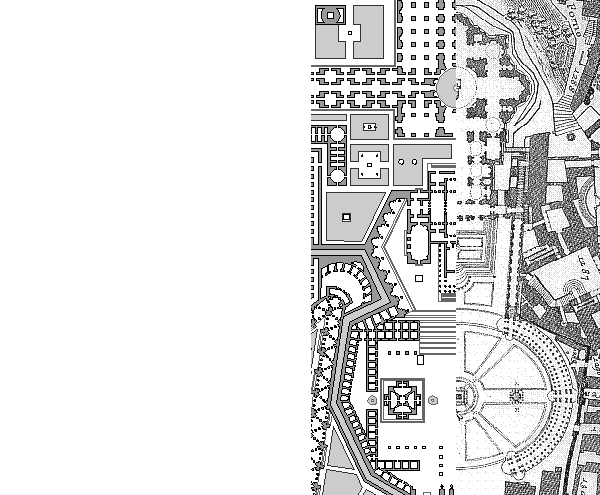
and this…
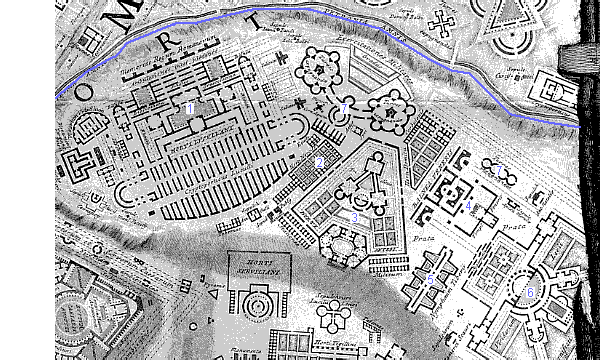
Atop the bluffs along the south bank of the Petronia Amnis, Piranesi situates a series garden villas among a scattering of other building types. The planning of the villas individually is orderly, if not also symmetrical, yet, in relation to one another, the grouping of the villas appears completely disorganized. Once the names of the various buildings is understood, however, a distinctive pattern develops. The first and largest villa is the Horti Lucullani, the Gardens of L. Licinius Lucullus, which, in 46 AD "belonged to Valerius Asiaticus, but were coveted by Messalina, who compelled the owner to commit suicide."1 Messalena was the nymphomaniac wife of the emperor Claudius. Next to the Horti Lucullani is the plain and simple Horti Narcissi; Narcissus was the name of the freedman of Claudius by whose orders Messalena was put to death. Next to the Horti Narcissi is the triangular Horti Anteri. There was no real garden of Anteri in ancient Rome, but there was such a thing as an anteros, which is an avenger of slighted love, or, in this case, love triangles. Then there is a bath complex in honor of Venus, the love goddess herself, and then a nympheum named for Tiberius, an emperor known for his fondness of pornography. And at the edge of the Ichnographia, there is the Viridarium Lucii Cornificii, a pleasure garden with two building extensions clearly phallic in plan. Finally, among these structures of love and lust are two Turres expugnandae, military defense towers whose plans no doubt represent substantial erections.
| |
|
